Home>diy>Planning & Engineering>What Does A Landscape Architect Do
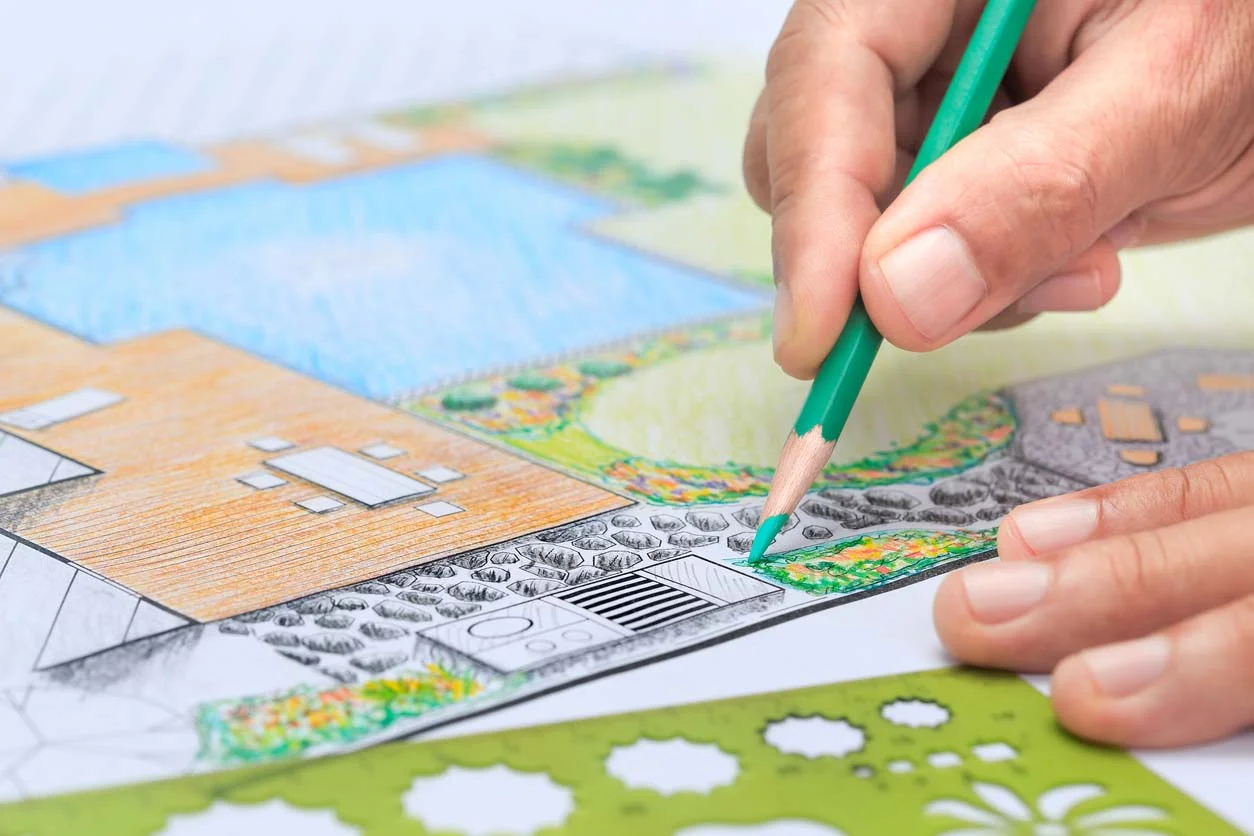

Planning & Engineering
What Does A Landscape Architect Do
Modified: February 25, 2024
Discover the role of a landscape architect in planning and engineering stunning outdoor spaces. Gain insights into their expertise and creative process.
(Many of the links in this article redirect to a specific reviewed product. Your purchase of these products through affiliate links helps to generate commission for Storables.com, at no extra cost. Learn more)
Introduction
Welcome to the exciting world of landscape architecture! If you’ve ever marveled at a beautifully designed park, garden, or outdoor space, chances are a landscape architect was involved in its creation. Landscape architects are the masterminds behind the intricate blending of nature and human innovation, creating stunning outdoor environments that not only enhance the aesthetics but also serve functional and sustainable purposes.
In this article, we will provide you with a comprehensive overview of what landscape architects do, the skills and qualifications required to excel in this field, as well as the diverse responsibilities they undertake. So, let’s dive in and explore the fascinating world of landscape architecture!
At its core, landscape architecture is the art and science of planning and designing outdoor spaces. It involves the meticulous crafting of natural and built elements, such as landforms, vegetation, water features, and structures, to create harmonious and functional environments. Landscape architects work on a wide range of projects, including public parks, residential gardens, urban plazas, corporate campuses, and even natural resource conservation areas.
To become a landscape architect, one must undergo extensive education and training. A bachelor’s or master’s degree in landscape architecture is typically required, along with licensing and certification in many jurisdictions. These programs provide aspiring landscape architects with a solid foundation in design principles, environmental science, site planning, and construction techniques.
Having a strong set of skills and qualifications is crucial for success in the field of landscape architecture. Creativity, artistic vision, and a keen eye for detail are essential for creating visually stunning designs. The ability to think analytically and problem solve is important when faced with challenges related to site constraints, environmental impacts, and client preferences. Effective communication and collaboration skills are also vital, as landscape architects often work closely with clients, engineers, contractors, and other stakeholders to bring their designs to life.
Now that you have a basic understanding of what landscape architecture entails, let’s delve into the various roles and responsibilities that landscape architects undertake throughout the design and implementation process.
Key Takeaways:
- Landscape architects blend art, science, and engineering to create stunning, sustainable outdoor spaces. They collaborate with clients, prioritize sustainability, and ensure compliance with regulations to shape our built environment.
- The field of landscape architecture offers diverse career opportunities and competitive salary potential. With a focus on creativity, sustainability, and collaboration, landscape architects play a vital role in shaping our outdoor environments.
Read more: What Is A Landscape Architect
Overview of Landscape Architecture
Landscape architecture is a multidisciplinary field that combines elements of art, science, and engineering to create outdoor spaces that are aesthetically pleasing, functional, and sustainable. It involves careful consideration of the natural environment, cultural context, and user needs in order to design spaces that not only enhance the quality of life but also promote environmental stewardship.
One of the fundamental principles of landscape architecture is the idea of “place-making.” Landscape architects strive to create spaces that have a sense of identity and purpose, whether it’s a serene park for relaxation, a vibrant plaza for social interaction, or a sustainable urban garden that promotes food production.
In addition to aesthetics, landscape architects also focus on functionality. They consider factors such as circulation patterns, accessibility, and the integration of infrastructure systems into the design. For example, they may incorporate pathways, seating areas, and lighting to improve pedestrian flow and safety. They may also integrate stormwater management systems to mitigate flooding and erosion.
Sustainability is another key aspect of landscape architecture. With a growing concern for the environment, landscape architects are increasingly incorporating eco-friendly practices into their designs. They may use native plants to promote biodiversity, implement green infrastructure solutions, such as rain gardens and green roofs, to manage stormwater runoff, and incorporate renewable energy systems like solar panels and wind turbines.
Landscape architecture encompasses a wide range of project types and scales. On a large scale, landscape architects may be involved in the planning and design of entire communities or regions. They consider factors such as land use, transportation networks, and ecological systems to create sustainable and livable environments.
On a smaller scale, landscape architects may focus on the design of individual sites, such as residential gardens, corporate campuses, or public parks. They carefully select and arrange plants, trees, and hardscape elements to create visually stunning and functional spaces that meet the needs and desires of the users.
Overall, landscape architecture is a dynamic and evolving field that plays a crucial role in shaping our built environment. It combines creativity, technical expertise, and a deep understanding of the natural and cultural context to create spaces that not only enhance our connection with nature but also contribute to the overall well-being of individuals and communities.
Education and Training Requirements
Entering the field of landscape architecture requires a combination of formal education and hands-on training. To become a professional landscape architect, aspiring individuals typically need to complete a bachelor’s or master’s degree in landscape architecture from an accredited institution.
Undergraduate programs in landscape architecture usually span four to five years and provide a comprehensive foundation in design principles, plant sciences, site analysis, construction techniques, and environmental planning. Students learn to integrate artistic vision with technical expertise to create visually appealing and sustainable outdoor spaces.
Graduate programs in landscape architecture are available for those who have already completed a bachelor’s degree in a related field or have relevant work experience. These programs often provide specialized knowledge and advanced design techniques, allowing students to further refine their skills and deepen their understanding of landscape architecture.
During their studies, aspiring landscape architects engage in a variety of coursework, including design studios, technical courses, and workshops. These hands-on experiences allow students to apply theoretical concepts to real-world projects and develop their problem-solving and design skills.
In addition to formal education, aspiring landscape architects must complete a period of practical training known as an internship or apprenticeship. This practical experience is typically required to become licensed or certified as a landscape architect. Internships provide the opportunity to work under the guidance of experienced professionals, gaining valuable industry knowledge and practical skills.
After completing their education and internship requirements, aspiring landscape architects must pass a licensing exam administered by their respective licensing board. The exam typically covers topics such as site planning, design principles, plant selection, construction techniques, and professional ethics. Once licensed, landscape architects have the authority to sign and seal design documents, ensuring the safety, functionality, and compliance of their projects.
Continuing education is also crucial for landscape architects to stay updated with the latest trends, technologies, and regulations in the field. Many professional organizations offer workshops, conferences, and online courses that provide opportunities for landscape architects to expand their knowledge and network with industry professionals.
In summary, a combination of formal education, hands-on training, and licensure is required to become a professional landscape architect. This comprehensive approach ensures that individuals in this field possess the necessary skills, knowledge, and ethical standards to create beautiful, functional, and sustainable outdoor spaces for the benefit of society and the environment.
Skills and Qualifications
Being a successful landscape architect requires a specific set of skills and qualifications. These skills and qualifications enable landscape architects to effectively design, plan, and implement outdoor spaces that meet the needs and desires of clients and stakeholders. Here are some key skills and qualifications that are essential for landscape architects:
- Creativity: Landscape architects need to have a creative mindset to envision and develop unique and innovative designs. They must be able to think outside the box and come up with fresh ideas that reflect both beauty and functionality.
- Design Skills: Landscape architects should have a strong understanding of design principles, including proportion, balance, color theory, and spatial relationships. They must be able to translate conceptual ideas into visually appealing and functional designs.
- Technical Knowledge: Landscape architects must possess a solid understanding of technical aspects such as topography, grading, drainage, planting design, construction materials, and building codes. This knowledge is essential for translating designs into practical and buildable solutions.
- Analytical Thinking: Landscape architects need to be able to analyze and evaluate site conditions, environmental factors, and client requirements. They must be able to consider multiple variables and design solutions that address complex challenges.
- Communication: Effective communication skills are crucial for landscape architects to convey their ideas to clients, consultants, and construction teams. They must be able to listen actively, articulate their concepts clearly, and collaborate with various stakeholders throughout the design and construction process.
- Project Management: Landscape architects are often responsible for managing and overseeing projects from concept to completion. They need to have strong organizational skills, the ability to prioritize tasks, and the capacity to meet deadlines and budgets.
- Environmental Awareness: Landscape architects should have a deep understanding of ecological systems, biodiversity, and sustainable practices. They must be able to integrate these principles into their designs to minimize the environmental impact and promote long-term ecological health.
- Computer Skills: Proficiency in design software such as AutoCAD, Adobe Creative Suite, and 3D modeling tools is essential for landscape architects. They should also have a working knowledge of Geographic Information System (GIS) software for site analysis and planning.
In addition to these skills, landscape architects must possess certain qualifications. Most jurisdictions require landscape architects to be licensed or certified to practice professionally. Licensing requirements typically include a combination of education, practical experience, and passing the national licensing exam.
Continuing professional development is also crucial for landscape architects to stay up to date with the latest trends and advancements in the field. They can achieve this through participation in workshops, conferences, and continuing education courses offered by professional organizations.
By possessing a strong combination of skills and qualifications, landscape architects can confidently tackle the diverse challenges and responsibilities they encounter in their work, creating inspiring and sustainable outdoor spaces that enhance the lives of individuals and communities.
Roles and Responsibilities of a Landscape Architect
Landscape architects play a vital role in shaping the environment and creating outdoor spaces that are not only aesthetically pleasing but also functional and sustainable. Their roles and responsibilities encompass various stages of the design and implementation process. Here are some key roles and responsibilities of a landscape architect:
- Collaborating with Clients and Stakeholders: Landscape architects work closely with clients to understand their needs, goals, and preferences for the outdoor space. They also collaborate with various stakeholders, including engineers, architects, contractors, and government officials, to ensure the successful execution of the project.
- Conducting Site Analysis and Environmental Assessments: Before designing a project, landscape architects assess the site’s existing conditions, including topography, soil composition, water elements, vegetation, and natural features. They also conduct environmental assessments to understand potential impacts and develop strategies to mitigate them.
- Developing Designs and Plans: Landscape architects create detailed designs and plans that incorporate the client’s vision, site requirements, and environmental considerations. They utilize their creative and technical skills to develop conceptual sketches, renderings, and digital models to communicate their ideas effectively.
- Selecting and Sourcing Materials: Landscape architects research and select appropriate materials, such as plants, hardscape elements, lighting fixtures, and furnishings, that align with the design concept and project requirements. They consider factors such as durability, sustainability, maintenance, and aesthetic appeal.
- Managing and Overseeing Construction Projects: Landscape architects play a crucial role in managing the construction process. They collaborate with contractors to ensure that the design is implemented correctly and that materials are installed according to specifications. They also administer project timelines, budgets, and quality control to ensure successful project completion.
- Ensuring Compliance with Regulations and Codes: Landscape architects must adhere to local building codes, zoning regulations, and environmental guidelines when designing and implementing outdoor spaces. They ensure that the project meets the required safety, accessibility, and environmental standards.
- Incorporating Sustainability and Eco-friendly Practices: Landscape architects integrate sustainable design principles into their projects, including the use of native plants, water-efficient irrigation systems, and stormwater management techniques. They aim to minimize the project’s environmental impact and promote ecological integrity.
Throughout the design and implementation process, landscape architects also engage in effective communication with clients and stakeholders, providing regular updates and addressing any concerns or changes that may arise. They exercise problem-solving skills to overcome challenges, make design modifications when necessary, and ensure the project’s successful completion.
Overall, landscape architects have a comprehensive range of responsibilities that require a combination of creative, technical, and project management skills. Their role is to create beautiful and functional outdoor spaces that enhance the quality of life, promote environmental sustainability, and leave a lasting positive impact on the communities they serve.
Read more: What Pen Do Landscape Architect Use
Collaborating with Clients and Stakeholders
Collaboration is a key aspect of a landscape architect’s role, as they work closely with clients and various stakeholders to bring their vision to life. Successful collaboration ensures that the final design aligns with the client’s goals, meets regulatory requirements, and satisfies the needs of the end users. Here are some important aspects of collaborating with clients and stakeholders:
- Understanding Client Goals: The first step in collaboration is gaining a deep understanding of the client’s goals, expectations, and aspirations for the outdoor space. Landscape architects conduct thorough interviews and discussions with clients to identify their needs, preferences, and any specific functionality requirements.
- Translating Ideas into Design Concepts: Once the objectives and goals are established, landscape architects use their expertise to translate these ideas into design concepts. They consider factors such as site conditions, budget constraints, sustainability goals, and local regulations to develop a design that reflects the client’s vision while addressing practical considerations.
- Effective Communication: Communication is essential throughout the entire design process. Landscape architects maintain open lines of communication with clients and stakeholders, ensuring that they are kept informed of progress, potential challenges, and design decisions. They listen actively to client feedback, address concerns, and make adjustments accordingly.
- Managing Expectations: Landscape architects play a crucial role in managing client expectations. They provide realistic timelines, cost estimates, and project scopes to ensure that clients have a clear understanding of what can be achieved within their stated goals and constraints.
- Collaborating with Stakeholders: Landscape architects collaborate with various stakeholders, including engineers, architects, contractors, and government officials. They coordinate efforts to ensure that all parties are working towards a common goal. They incorporate feedback and input from these stakeholders into the design process, leveraging their expertise to create a well-rounded final design.
- Presenting Design Proposals: Landscape architects present design proposals to clients and stakeholders to communicate their ideas effectively. They use visual representations, such as sketches, renderings, and 3D models, to help clients understand the proposed design and envision the final result. They explain the rationale behind design choices and incorporate feedback into the design development process.
- Addressing Concerns and Revisions: During collaboration, landscape architects address any concerns or revisions requested by the clients or stakeholders. They offer solutions and alternatives that align with the design intent, regulations, and budgetary constraints. They work closely with the clients to ensure that their vision is maintained while incorporating necessary modifications.
- Creating Lasting Relationships: Effective collaboration fosters trust and builds long-term relationships with clients and stakeholders. By delivering successful projects and exceeding client expectations, landscape architects establish a reputation for their expertise and professionalism, leading to future collaborations and referrals.
Collaborating with clients and stakeholders is an important part of a landscape architect’s role. It allows them to understand client objectives, incorporate valuable input, and create designs that are not only aesthetically pleasing but also functionally and environmentally sound. By fostering effective communication and maintaining open lines of collaboration, landscape architects can ensure successful project outcomes and client satisfaction.
Conducting Site Analysis and Environmental Assessments
Before embarking on a landscape design project, landscape architects diligently conduct site analysis and environmental assessments to gather critical information about the site’s characteristics, context, and environmental conditions. This thorough analysis provides crucial insights that shape the design process. Here are the key aspects of conducting site analysis and environmental assessments:
- Site Surveys and Measurements: Landscape architects begin by conducting comprehensive surveys and measurements of the site. This includes documenting the existing topography, land contours, dimensions, and natural features. Site surveys provide essential data for planning and designing the space.
- Reviewing Site Documents and Regulations: Landscape architects review site documents, including property deeds, zoning codes, and any existing site plans and studies. They also familiarize themselves with local regulations and restrictions that may impact the design process, such as setback requirements or environmental protection guidelines.
- Site Inventory and Analysis: Landscape architects conduct a detailed inventory of the site, noting existing vegetation, trees, water bodies, soils, and other natural and built elements. They analyze these features in relation to the proposed design goals, considering their potential impact on the design and identifying opportunities and constraints.
- Assessing Environmental Factors: Environmental assessments play a critical role in landscape architecture. Landscape architects evaluate factors such as sunlight exposure, wind patterns, climate conditions, and microclimates to determine their influence on the project. They also consider water availability, drainage patterns, and the impact of neighboring landscapes on the site.
- Ecological Considerations: Landscape architects examine the ecological significance of the site, assessing the biodiversity, habitat value, and potential ecosystem services it provides. They strive to preserve and enhance ecological systems, such as incorporating native plants to support pollinators and wildlife, mitigating erosion, and protecting natural resources.
- Cultural and Historical Context: Landscape architects understand and respect the cultural and historical significance of the site. They research the site’s context, identifying any cultural or historical elements that should be preserved or incorporated into the design. This could include integrating historical structures, commemorative elements, or highlighting cultural narratives within the design.
- Socioeconomic Analysis: Landscape architects assess the social and economic dynamics of the site and surrounding area. They consider the needs, preferences, and demographics of potential users and inhabitants. They also take into account community feedback and input to ensure that the design fosters inclusivity, community engagement, and social well-being.
- Environmental Impact Assessment: Landscape architects evaluate the potential environmental impacts of the proposed design. They consider factors such as water runoff, soil erosion, and waste management to ensure that the project minimizes negative impacts on the environment. They also look for opportunities to enhance sustainability, such as incorporating green infrastructure elements or utilizing renewable energy sources.
The data collected from site analysis and environmental assessments serves as a foundation for the design process. It guides landscape architects in making informed decisions, addressing site-specific challenges, and capitalizing on unique opportunities. By understanding the site’s characteristics, landscape architects can create designs that are site-sensitive, environmentally responsible, and aesthetically harmonious.
A landscape architect designs outdoor spaces, considering both aesthetics and functionality. They work with clients to create sustainable and visually appealing environments, incorporating elements such as plants, hardscape, and water features.
Developing Designs and Plans
One of the primary responsibilities of a landscape architect is to develop designs and plans that transform an outdoor space into a functional and visually appealing environment. This process involves a creative and systematic approach to design development, incorporating client goals, site constraints, and sustainability principles. Here are the key steps involved in developing designs and plans as a landscape architect:
- Conceptualization: Landscape architects begin by conceptualizing the design, taking into account the site analysis, client requirements, and project goals. They explore various design ideas, considering elements such as spatial organization, circulation patterns, focal points, and thematic concepts. This stage allows for creative exploration and the generation of innovative design solutions.
- Schematic Design: In the schematic design phase, landscape architects translate the conceptual ideas into a visual representation. They develop sketches, renderings, and diagrams that illustrate the overall design intent, incorporating elements such as pathways, plantings, seating areas, water features, and hardscape structures. Throughout this process, they strive to strike a balance between functionality, aesthetics, and sustainability.
- Design Development: Building upon the schematic design, landscape architects refine and develop the design further. They incorporate feedback from clients and stakeholders, addressing any concerns or modifications. They consider technical aspects such as grading, drainage, and circulation patterns, ensuring that the design is feasible, safe, and meets regulatory requirements.
- Planting Design: Landscape architects carefully select and arrange plant species to create visually appealing and functional landscapes. They consider factors such as plant size, growth habits, seasonal interest, and environmental requirements. They aim to create plant communities that are cohesive, diverse, and sustainable, supporting pollinators, wildlife, and overall ecosystem health.
- Hardscape Design: Landscape architects incorporate hardscape elements such as walkways, patios, walls, and lighting fixtures into the design. They consider materials, textures, colors, and construction techniques, ensuring that hardscape elements harmonize with the overall design concept and meet functional requirements.
- Environmental Sustainability: Landscape architects integrate sustainable design principles into their plans. They consider practices such as water-efficient irrigation, stormwater management, use of recycled materials, and incorporation of renewable energy sources. They aim to minimize the environmental impact of the design while promoting long-term sustainability.
- Technical Documentation: Landscape architects develop detailed technical drawings and specifications that guide the construction process. These drawings include construction details, materials specifications, grading plans, planting plans, and lighting plans. Accurate and comprehensive documentation ensures that the design is executed correctly and facilitates efficient communication with contractors and construction teams.
- Cost Estimation and Budgeting: Landscape architects collaborate with clients and stakeholders to develop accurate cost estimations and budgets for the project. They consider material costs, labor costs, maintenance requirements, and factors such as site access and environmental considerations. They work within the predetermined budget to maximize the value and functionality of the design.
Throughout the design development process, landscape architects engage in ongoing communication and collaboration with clients and stakeholders. They present design proposals and seek feedback, making revisions and adjustments as necessary. The ultimate goal is to create designs and plans that not only meet the client’s vision but also provide sustainable and enjoyable outdoor environments that enhance the quality of life for users and communities.
Selecting and Sourcing Materials
As landscape architects develop designs and plans, an integral aspect of their role is selecting and sourcing materials. The materials chosen for a project contribute to the aesthetics, functionality, and sustainability of the outdoor space. Here are the key considerations and steps involved in selecting and sourcing materials as a landscape architect:
- Understanding Design Requirements: Landscape architects start by understanding the design requirements and goals of the project. They consider the desired aesthetic style, functionality, and the overall design concept. The materials chosen should align with these requirements and contribute to the desired look and feel of the space.
- Researching and Evaluating Materials: Landscape architects conduct thorough research on available materials that meet the project’s design requirements. They evaluate the characteristics and properties of different materials, considering factors such as durability, maintenance requirements, environmental impact, and cost-effectiveness.
- Plant Selection: When it comes to landscaping, landscape architects carefully select and source plant materials. They consider factors such as plant hardiness, growth habits, maintenance requirements, and suitability for the specific site conditions. Native plants are often favored for their ability to thrive in the local climate, support local ecosystems, and require less maintenance and water.
- Hardscape Materials: Landscape architects consider a variety of hardscape materials, such as stone, wood, concrete, metal, and composite materials. They evaluate the durability, appearance, and suitability of these materials for the intended use. They also consider factors such as slip resistance, thermal properties, and sustainability certifications.
- Lighting Fixtures: Landscape architects select lighting fixtures that enhance the visual appeal and functionality of the outdoor space. They consider factors such as energy efficiency, light quality, durability, and compatibility with the overall design concept. They also consider the appropriate lighting techniques to highlight architectural features, pathways, and landscape elements.
- Water Features and Irrigation Systems: If the project includes water features or irrigation systems, landscape architects carefully select the appropriate materials. They consider factors such as water efficiency, durability, and compatibility with the water quality and desired aesthetic. They also consider options for water reuse and recycling to promote sustainability.
- Sustainability Considerations: Landscape architects prioritize sustainability in material selection. They aim to incorporate materials that have a low environmental impact and align with sustainable practices. They consider options for recycled and reclaimed materials, locally sourced materials to reduce transportation energy, and materials with minimal maintenance and long-lasting durability.
- Cost Considerations: Landscape architects evaluate the cost of materials and consider the project’s budget. They seek to strike a balance between design goals and cost-effectiveness. They explore various suppliers and sources to ensure the best value for the desired materials without compromising quality and sustainability.
- Specifications and Documentation: Landscape architects include detailed material specifications and sourcing information in the technical documentation. These specifications provide clear guidelines for the procurement and installation of materials. They assist contractors and construction teams in sourcing and obtaining the necessary materials to bring the design to life.
Effective selection and sourcing of materials by landscape architects can greatly enhance the design outcome and ensure the long-term performance and sustainability of the outdoor space. By considering factors such as aesthetics, durability, functionality, and sustainability, landscape architects create visually stunning and environmentally conscious landscapes that meet the needs and aspirations of clients and stakeholders.
Managing and Overseeing Construction Projects
As landscape architects, one of the key responsibilities is managing and overseeing construction projects to ensure the successful implementation of the design. This involves collaborating with contractors, coordinating timelines, and ensuring that the design is executed according to specifications. Here are the important aspects of managing and overseeing construction projects as a landscape architect:
- Contractor Selection: Landscape architects participate in the selection process of contractors who will be responsible for executing the construction. They evaluate the contractors’ qualifications, experience, and ability to deliver the project within the desired timeframe and budget. Landscape architects often collaborate with the client to make informed decisions about contractor selection.
- Contract Administration: Landscape architects play a vital role in contract administration. They review and prepare the necessary contract documents, including contracts, project specifications, and drawings. They ensure that the scope of work is clearly defined and that all parties involved understand their roles and responsibilities.
- Construction Coordination: Landscape architects act as liaisons between the client, contractors, and other professionals involved in the project. They facilitate effective communication and ensure that all stakeholders are on the same page regarding project progress, milestones, and any changes or modifications that may arise during construction.
- Timeline and Budget Management: Landscape architects are responsible for managing the project timeline and budget. They develop detailed schedules and monitor progress to ensure that construction activities align with the predetermined timeframe. They work closely with contractors and manage resources effectively to stay on budget.
- Quality Control: Landscape architects enforce quality control throughout the construction process by regularly inspecting the work being done. They ensure that the design is being implemented according to the specifications and industry standards. They address any deviations or issues promptly to maintain the integrity of the design and achieve the desired outcome.
- Problem-solving and Conflict Resolution: During construction, landscape architects are faced with various challenges that may arise. They apply their problem-solving skills to address issues such as unforeseen site conditions, design modifications, or conflicts between different project stakeholders. They collaborate with contractors to find practical and efficient solutions.
- Project Documentation: Landscape architects maintain comprehensive documentation throughout the construction process. They document project communications, site meetings, change orders, and any issues encountered. This documentation provides a record of the project’s progress and serves as a reference for future use, maintenance, and potential legal considerations.
- Inspecting and Approving Work: Landscape architects conduct periodic site visits to inspect the construction work. They ensure that the contractors are adhering to the design specifications and addressing any concerns that may arise. They provide timely approval or feedback to keep the construction process on track.
- Project Completion and Handover: Once construction is complete, landscape architects oversee the project handover process. They ensure that all necessary documentation, warranties, maintenance guidelines, and any required certifications are provided to the client. They review the final work to ensure that it aligns with the approved design and meets the expected quality standards.
By effectively managing and overseeing construction projects, landscape architects ensure that the design vision is translated into a physical reality. They ensure that the project is delivered within the agreed-upon timeframe and budget, while maintaining high standards of quality and client satisfaction. Through their expertise and attention to detail, landscape architects play a crucial role in achieving successful project outcomes.
Ensuring Compliance with Regulations and Codes
As landscape architects, ensuring compliance with regulations and codes is a vital responsibility. They must navigate through a complex web of local, state, and national regulations to ensure that their projects meet the necessary standards and guidelines. Here are the key aspects of ensuring compliance as a landscape architect:
- Knowledge of Regulations: Landscape architects must have a thorough understanding of the regulations and codes that govern outdoor space design and development. This includes zoning ordinances, building codes, environmental regulations, accessibility requirements, and any other relevant legislation. They stay updated on changes and amendments to ensure compliance.
- Site Analysis and Assessment: During the design process, landscape architects conduct thorough site analysis and assessments to identify any potential zoning or regulatory constraints. They consider factors such as setback requirements, height restrictions, easements, and environmental protection areas. This information helps them develop designs that comply with the specific regulations of the site.
- Collaboration with Regulatory Authorities: Landscape architects interact with regulatory authorities throughout the design and approval process. They submit necessary design documents, respond to inquiries, and address any concerns raised by regulatory authorities. They work collaboratively to ensure that the project meets all regulatory requirements.
- Accessibility and Universal Design: Landscape architects ensure that outdoor spaces are accessible to all individuals, including those with disabilities. They incorporate universal design principles, considering elements such as accessible pathways, ramps, seating, and signage. They adhere to accessibility standards such as the Americans with Disabilities Act (ADA) to ensure inclusivity.
- Environmental Considerations: Landscape architects adhere to environmental regulations and guidelines to minimize the impact of their projects on the natural environment. They work to protect water resources, conserve biodiversity, and mitigate any potential negative environmental effects. They may incorporate sustainable practices such as low-impact development techniques and the use of native plants.
- Reviewing and Certifying Compliance: Landscape architects review their designs and plans to ensure compliance with regulations and codes. They assess if the design aligns with the established criteria and if any adjustments are needed to meet the standards. Once satisfied, they certify that the design complies with the relevant regulations and codes.
- Permitting and Approvals: Landscape architects assist clients in obtaining necessary permits and approvals from the appropriate regulatory authorities. They guide clients through the application process, ensuring that all required documents and assessments are submitted accurately and in a timely manner. They coordinate with authorities to address any issues that may arise during the approval process.
- Construction Oversight: During the construction phase, landscape architects monitor the progress to ensure compliance with regulations and codes. They verify that the construction is being executed according to the approved design and in accordance with applicable regulations. They address any deviations or non-compliance issues promptly to rectify the situation.
- Maintaining Professional Ethics: Landscape architects uphold professional ethics and integrity by adhering to the highest standards in their work. They prioritize the health, safety, and welfare of the public and the environment. They act in the best interests of their clients while ensuring compliance with all applicable regulations and codes.
By navigating through the complex regulatory landscape, landscape architects ensure that their designs meet the necessary standards and guidelines. They prioritize compliance, working collaboratively with regulatory authorities to create outdoor spaces that are safe, accessible, and environmentally responsible.
Incorporating Sustainability and Eco-Friendly Practices
As custodians of the environment, landscape architects have a pivotal role to play in incorporating sustainability and eco-friendly practices into their designs. They have the opportunity to create outdoor spaces that not only enhance the aesthetic appeal but also promote environmental stewardship and contribute to a more sustainable future. Here are the key aspects of incorporating sustainability and eco-friendly practices as a landscape architect:
- Designing with Nature: Landscape architects embrace the concept of designing with nature by integrating natural elements into the design. They consider the existing ecological systems, such as soil health, vegetation, and water resources, and work to protect and enhance them. By utilizing nature as a model, landscape architects create resilient and sustainable landscapes.
- Native and Adapted Plant Selection: Landscape architects prioritize the use of native and adapted plant species in their designs. These plants are well-suited to the local climate and require less water, fertilizer, and maintenance. By selecting plants that are adapted to the region, landscape architects promote biodiversity, reduce reliance on irrigation, and support local ecosystems.
- Water Conservation: Landscape architects integrate water conservation strategies into their designs. They incorporate methods such as rainwater harvesting, efficient irrigation systems, and the use of drought-tolerant plants. By minimizing water consumption and maximizing efficient water use, they contribute to water conservation efforts and reduce the overall environmental impact.
- Stormwater Management: Landscape architects implement stormwater management techniques to mitigate the environmental impact of runoff. They design features such as rain gardens, bioswales, and permeable pavements to capture and treat stormwater. These measures reduce erosion, prevent water pollution, and replenish groundwater resources.
- Energy Efficiency: Landscape architects consider energy efficiency in their designs by incorporating elements such as shade trees, green roofs, and strategically placed vegetation. These elements help to regulate temperature, reduce the need for artificial cooling and heating, and contribute to energy savings. Additionally, landscape architects may integrate renewable energy sources, such as solar panels or wind turbines, into their designs.
- Material Selection: Landscape architects prioritize the use of sustainable and eco-friendly materials. They consider factors such as recyclability, durability, and embodied energy in their decision-making process. They seek out materials with lower environmental footprints, such as recycled or renewable materials, responsibly sourced wood, and low-emission products.
- Waste Management: Landscape architects plan for efficient waste management during the construction and maintenance phases of a project. They consider strategies such as recycling construction waste, composting green waste, and promoting responsible waste disposal practices. By minimizing waste generation and promoting recycling, landscape architects contribute to a circular economy.
- Community Engagement and Education: Landscape architects engage and educate the community about the importance of sustainability and eco-friendly practices. They involve stakeholders in the design process, including them in discussions and workshops. They also provide educational material and recommendations for sustainable practices that users can adopt to promote eco-conscious behaviors in the outdoor space.
- Long-Term Maintenance Considerations: Landscape architects design with long-term sustainability in mind, considering the maintenance needs of the project. They prioritize low-maintenance plant species and implement design elements that require minimal resources for upkeep. This approach reduces the use of chemicals and water, promoting ecological balance and reducing the carbon footprint associated with maintenance practices.
By incorporating sustainability and eco-friendly practices into their designs, landscape architects have the power to create outdoor spaces that are not only visually stunning but also promote environmental responsibility. Through their choices and design strategies, they contribute to a more sustainable future and foster a deeper connection between people and the natural world.
Career Opportunities and Salary Potential
The field of landscape architecture offers a wide range of career opportunities for professionals passionate about designing outdoor spaces that balance aesthetics, functionality, and environmental sustainability. As society increasingly recognizes the value of well-designed landscapes, the demand for landscape architects continues to grow. Here are some career opportunities and the salary potential within the field:
1. Private Design Firms: Many landscape architects work for private design firms, where they collaborate with multidisciplinary teams on a variety of projects, including residential, commercial, and institutional landscapes. These firms offer opportunities to work on diverse and challenging projects while gaining valuable experience in the industry.
2. Public Sector: Landscape architects can also find employment in the public sector, working for government agencies at the local, state, or federal level. They may be involved in park planning and design, urban development projects, or natural resource conservation initiatives. Public sector positions often provide stability and the opportunity to contribute to the development of public spaces.
3. Non-Profit Organizations: Some landscape architects choose to work for non-profit organizations focused on environmental advocacy, conservation, and community development. These organizations often work on projects that promote sustainable landscapes, ecological restoration, and public education.
4. Landscape Construction and Contracting: Landscape architects can also pursue careers in landscape construction and contracting. They can work as project managers, overseeing the implementation of landscape designs, ensuring that the construction meets the design specifications, and coordinating with subcontractors and suppliers. This hands-on role allows for greater involvement in the construction process.
5. Academia and Research: Some landscape architects choose to pursue careers in academia, teaching and conducting research in landscape architecture or related fields. They may work in universities to educate the next generation of landscape architects and contribute to the advancement of knowledge in the profession through research and publications.
In terms of salary potential, landscape architects can expect varying levels of compensation depending on their experience, geographic location, and the type of employer. According to the U.S. Bureau of Labor Statistics, the median annual wage for landscape architects in 2020 was $73,160, with the highest 10% earning more than $114,520.
Factors such as years of experience, level of expertise, and additional qualifications (such as professional licensure) can positively impact salary potential. Senior-level positions, management roles, and specialized expertise in areas like sustainable design or urban planning often command higher salaries.
Moreover, the location of employment can influence salary potential. Metropolitan areas or regions with a high demand for landscape architects and a higher cost of living generally offer higher compensation.
Overall, the career opportunities in landscape architecture are vast and diverse. As society places increasing importance on sustainable and well-designed outdoor spaces, the demand for skilled landscape architects continues to grow. With the potential for career growth, job satisfaction, and a positive impact on the environment, landscape architecture is an exciting field for those passionate about creating beautiful and sustainable landscapes.
Read more: What Does a Landscape Architect Earn in NYC?
Conclusion
Landscape architecture is a dynamic and rewarding profession that combines artistic vision, technical expertise, and a commitment to sustainability. As landscape architects, professionals in this field have the opportunity to shape the outdoor spaces we inhabit, creating environments that are not only visually stunning but also functional, sustainable, and environmentally responsible.
Throughout this article, we’ve explored the various aspects of landscape architecture, including the roles and responsibilities, skills and qualifications required, and the importance of collaboration with clients and stakeholders. We’ve also emphasized the significance of conducting site analysis and considering environmental factors, as well as the incorporation of sustainability and eco-friendly practices into designs.
From private design firms to public sector agencies, there are numerous career opportunities available for aspiring landscape architects. The salary potential in this field is competitive, with the opportunity for growth and advancement as experience and expertise are gained.
As the demands of society and the challenges of environmental sustainability evolve, landscape architects will continue to play a crucial role in designing outdoor spaces that enhance our quality of life, promote ecological well-being, and promote a deeper connection with the natural world. By incorporating innovative design solutions, integrating sustainable practices, and embracing collaborative approaches, landscape architects contribute to creating a more beautiful, sustainable, and inclusive built environment.
In conclusion, the field of landscape architecture offers a fulfilling and promising career path for individuals passionate about creating impactful outdoor spaces. As landscape architects, we have the opportunity to shape our surroundings and leave a lasting positive impact on the communities and the environment we serve. With creativity, expertise, and a commitment to sustainability, landscape architects have the power to transform landscapes into inspiring and sustainable works of art.
Frequently Asked Questions about What Does A Landscape Architect Do
Was this page helpful?
At Storables.com, we guarantee accurate and reliable information. Our content, validated by Expert Board Contributors, is crafted following stringent Editorial Policies. We're committed to providing you with well-researched, expert-backed insights for all your informational needs.
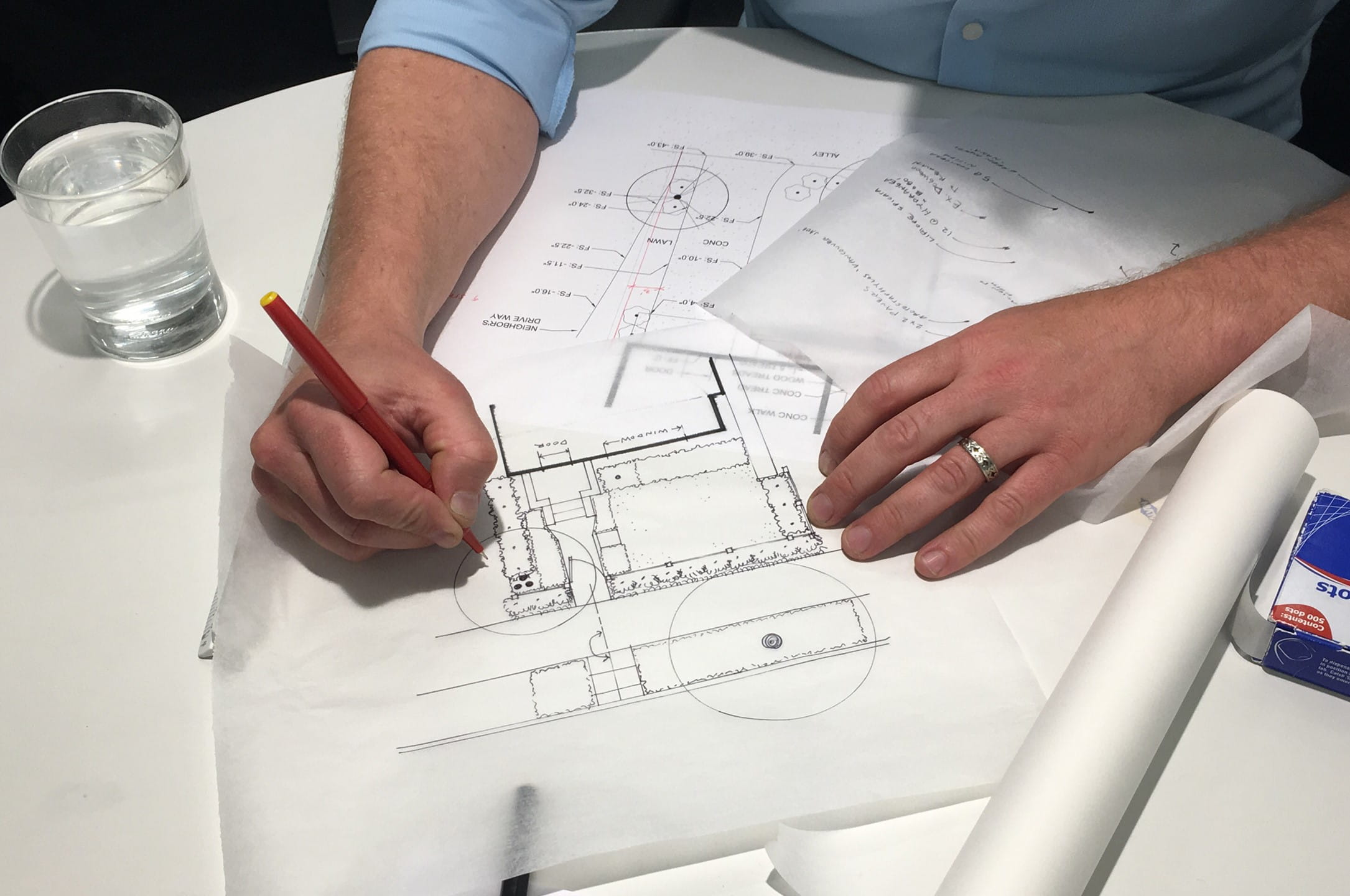
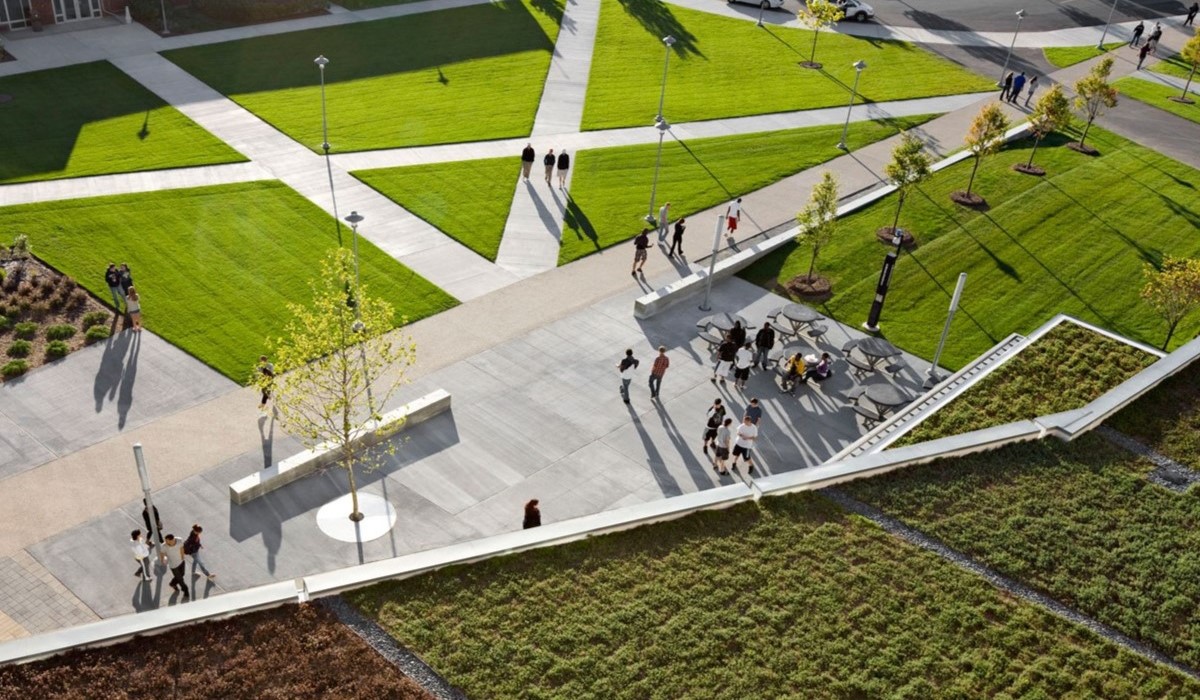
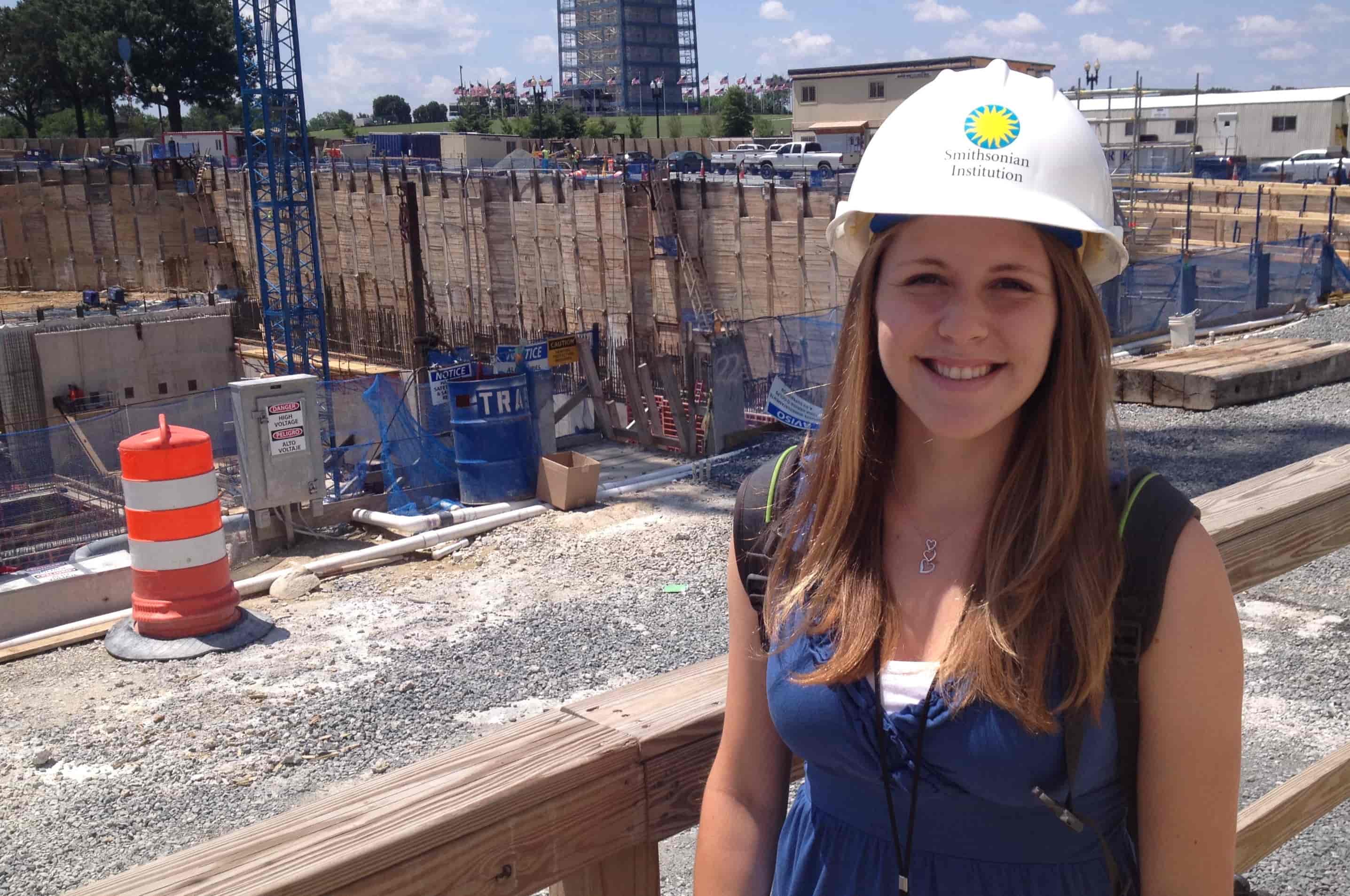


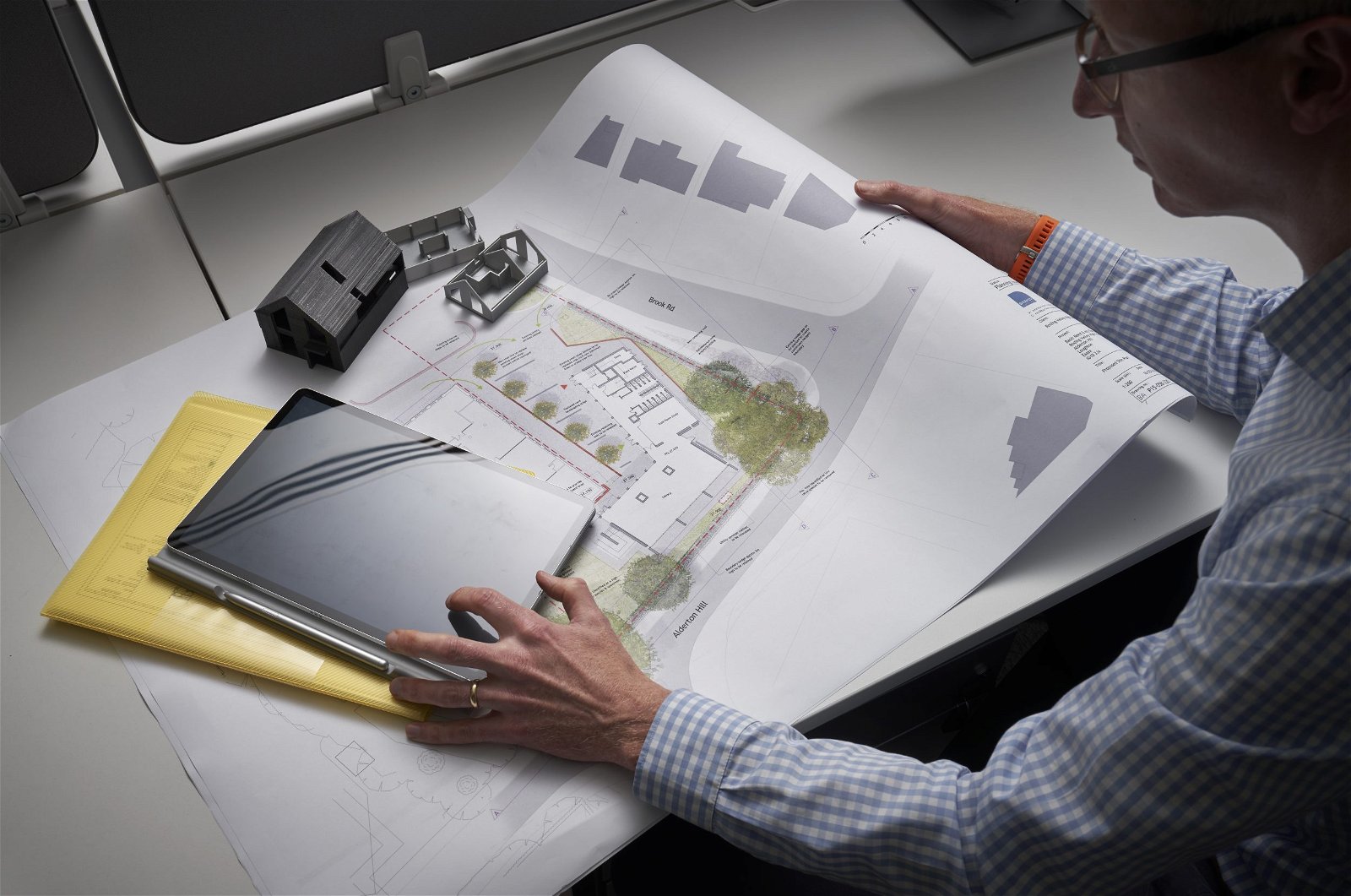
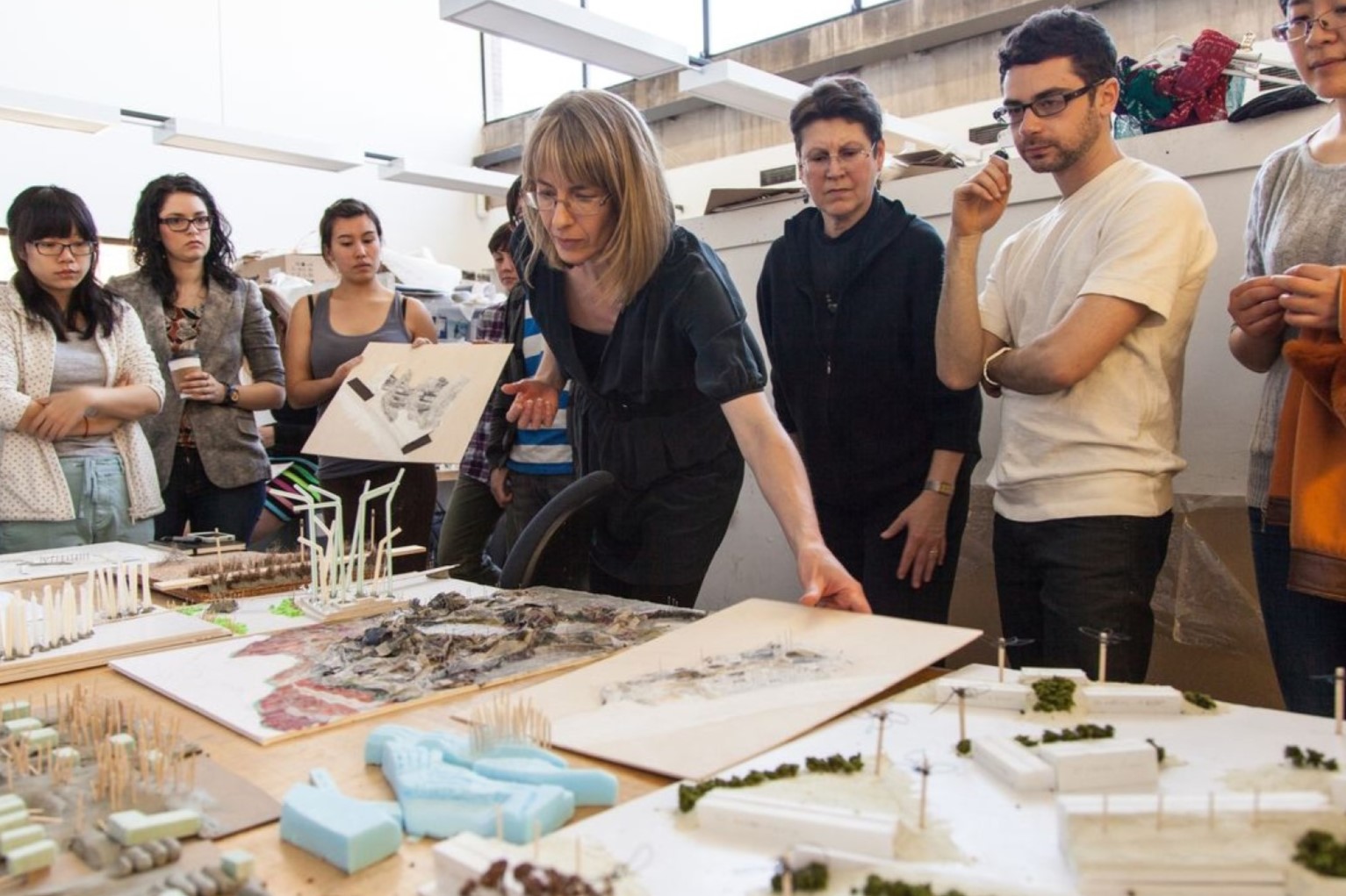
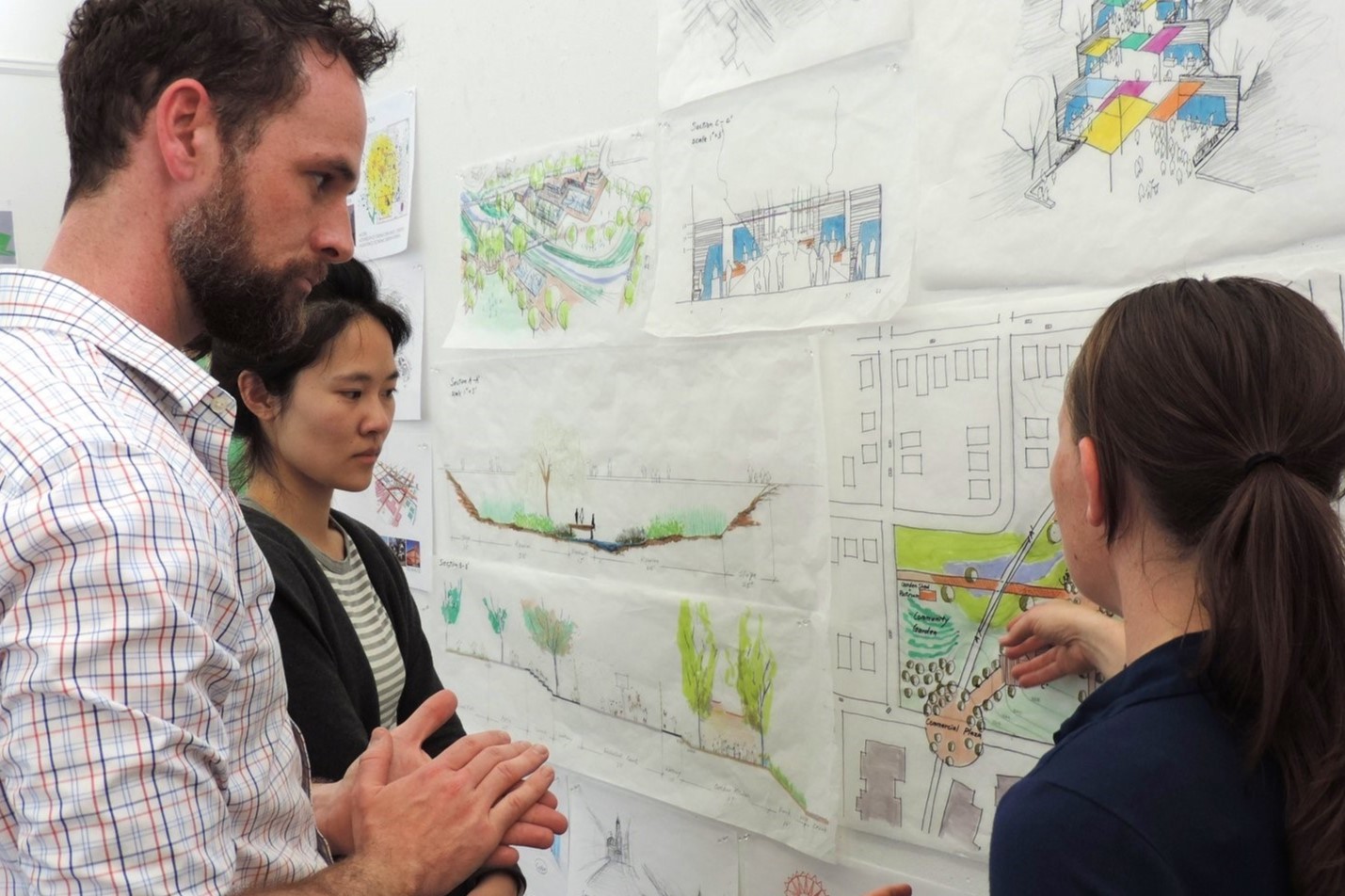



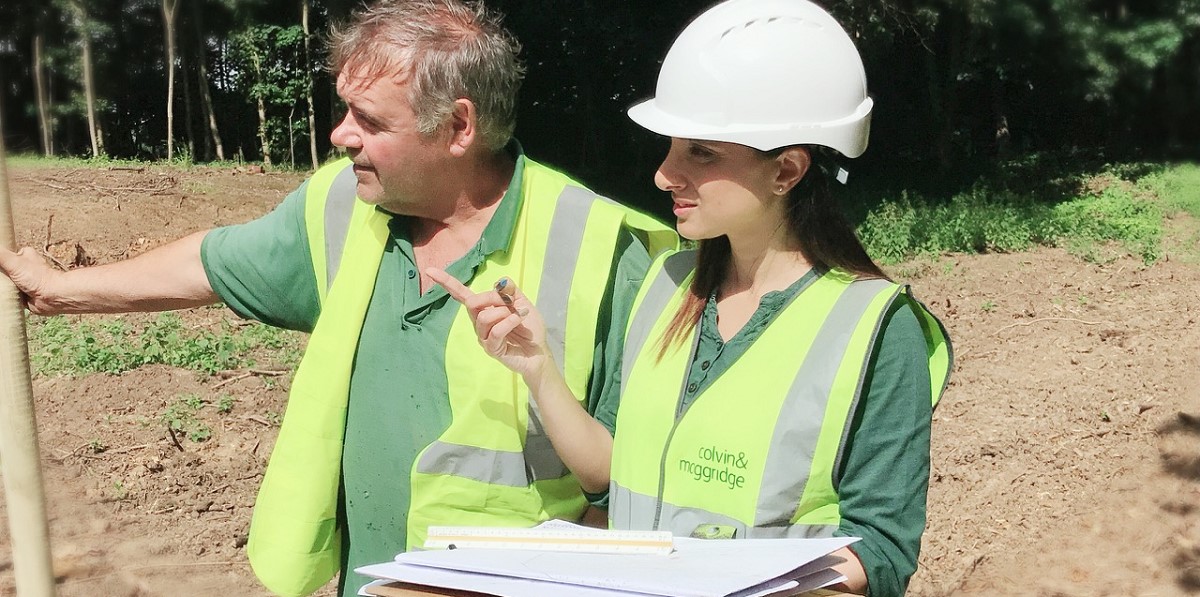

0 thoughts on “What Does A Landscape Architect Do”